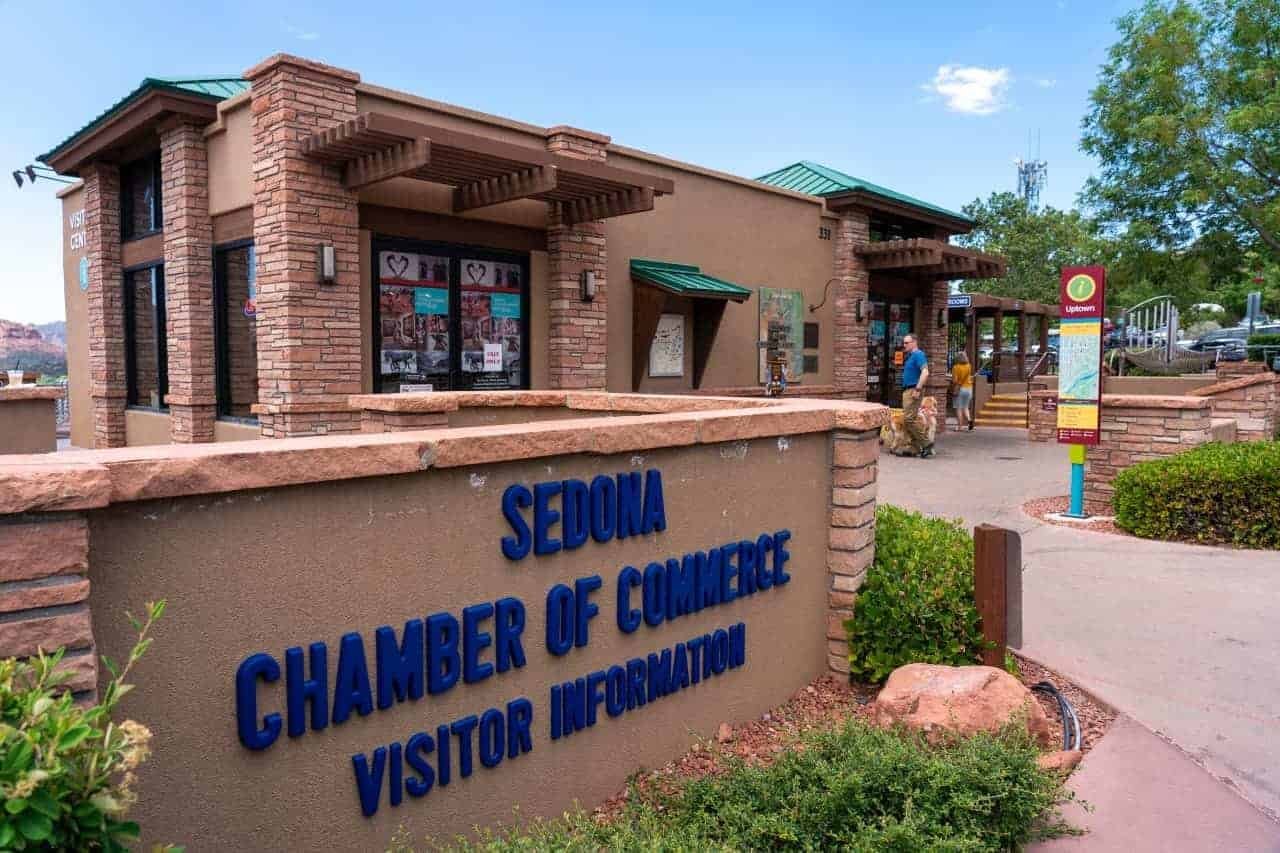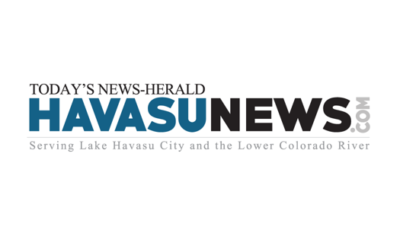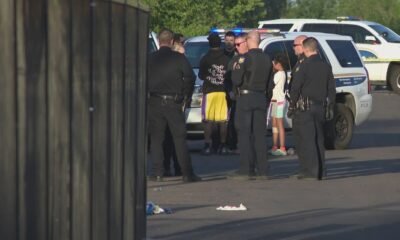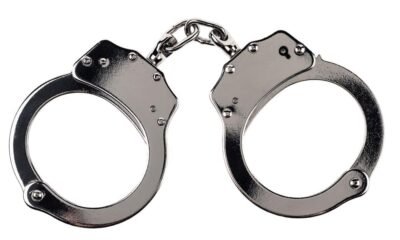Business
Sedona City Council Boosts Tourism by Financing Uptown Chamber of Commerce Visitor Center

On March 11, the Sedona City Council made a significant move to mend its relationship with the local business community, approving funding for the Uptown Visitor Center at 80% of its costs for a second consecutive year.
This decision follows a tumultuous period between the Sedona Chamber of Commerce and the city, marked by the chamber’s choice to forgo a service contract funded by bed tax dollars for the 2023-24 fiscal year. The fallout from this decision strained a long-standing partnership, despite some advocates within the business sector calling for reduced city oversight of the chamber’s operations. While the city’s focus is on serving the broader community through tax revenue, the chamber is dedicated to promoting its member businesses, particularly through initiatives aimed at both residents and tourists.
The proposed budget for the Visitor Center in fiscal year 2026 is set at $439,300, with the city contributing $351,440 from the bed tax, a fee levied on visitors, not residents. The funding arrangement includes an option for renewal in the following fiscal year at a slightly increased amount of $358,892.
Located on Forest Road, the Visitor Center serves as a crucial hub for visitors to Sedona, directing traffic towards the commercial sector. For many first-time visitors, especially those from abroad, it is often the initial stop for information and guidance. It doubles as a meeting point for groups, enhancing its role in the Uptown area.
The City Council demonstrated unity in its support for the Visitor Center, approving the contract unanimously this year. Council members, having previously voted 4-3 in favor of the center in 2024, have shown a commitment to strengthening ties with the chamber, led by President and CEO David Key.
However, the city’s plan to install informational kiosks in Uptown raises some concerns. While such kiosks can provide localized information, they may not adequately meet the needs of tourists who rely heavily on their smartphones for navigation. Popular hiking spots are often researched online prior to arriving, diminishing the kiosks’ potential effectiveness.
The largest Facebook group dedicated to Sedona tourism boasts over 349,600 active members, consistently engaging in discussions about trails and local attractions. This online community signals that tourists are often well-informed about their destinations before they reach Sedona; they do not usually rely on on-the-spot guidance.
Despite the city’s attempts to steer tourists away from overcrowded sites, visitors are likely to gravitate toward popular attractions based on social media trends. As experienced by many, key hiking trails like Devil’s Bridge remain high in demand, with long wait times being a common occurrence that does not deter eager visitors.
The anticipated kiosks may ultimately become little more than a supplement to what smartphones already provide, unlikely to change the way tourists plan their Sedona experience.

















